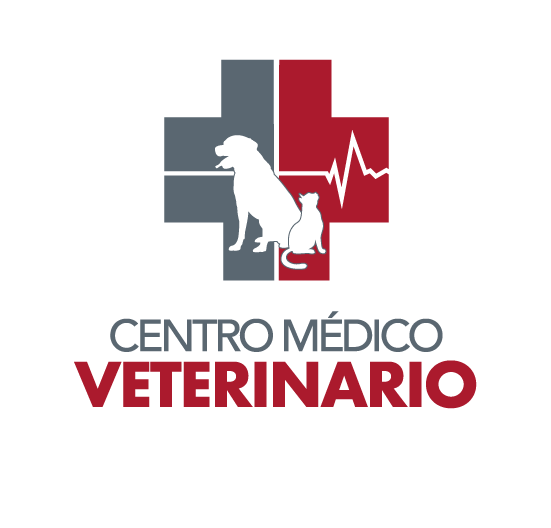Articles
-
Xanthomas are discrete masses or diffuse, thickened areas of skin that are yellow-orange and dimpled in appearance. They are accumulations of fat and cholesterol and are most commonly found in cockatiels and budgies (and they are more often found in females).
-
Tumors of the urinary tract may present anywhere from the kidneys to the tip of the urethra. Tumors of the bladder are most common in the dog whereas tumors involving the kidneys are more prevalent in cats. Unfortunately, many tumors of the urinary tract are malignant and treatment options may be limited. Surgery is possible in select cases. Medical treatment may be beneficial in cases where surgery is not possible.
-
Uterine tumors are quite rare in North American pets, mainly due to routine spaying practices. Several types of tumors can arise from the tissues of the uterus. This handout discusses uterine tumors in dogs and cats. The various types of these tumors, along with the clinical signs, diagnosis, treatment, and prevention of this condition are outlined.
-
Vascular tumors of the skin develop from the blood vessels of the skin. These tumors may arise anywhere on the body and appear as a firm and raised lump on or under the skin. Hemangiomas may ulcerate and bleed; hemangiosarcomas may bleed into the surrounding tissues. This type of tumor is typically diagnosed via a tissue biopsy or surgical removal of the entire tumor. Surgery is the recommended treatment for vascular tumors of the skin.
-
Visceral vascular tumors are tumors which arise from blood vessels. The main tumor types are hemangiosarcomas (cancerous) and hemangiomas (benign). The clinical signs vary depending on the location of the tumor. Surgery is the recommended treatment option. Given the highly metastatic nature of hemangiosarcoma, chemotherapy is also recommended.
-
Cancer is the result of genetic damage to cells. While some breeds may be more predisposed to certain forms of cancer, age-related changes and environmental factors are also often at fault. Some tests can be performed to determine the type of cancer present. Treatment options are available but do not necessarily cure cancer.
-
Regular preventive health care for your cat can increase the length and quality of her life. Healthcare guidelines are established and kept up to date using the most recent evidence-based recommendations including the recommendation that all cats receive a complete veterinary examination at least once a year or more frequently, depending on their individual needs and health concerns.
-
Regular preventive health care for your dog can increase the length and quality of her life. Health care guidelines are established and kept up to date using the most recent evidence-based recommendations including the recommendation that all dogs receive a complete veterinary examination at least once a year or more frequently, depending on their individual needs and health concerns.


